Nepal Chitwan Mushroom strain
Nepal Chitwan Spores mushrooms and their spores are also some of the very pursued psilocybe cubensis magical mushrooms discovered. Spores at the Nepal Chitwan Spores mushroom are available here on SporeStore.com as you requested! Find both mushroom spore syringes together with mushroom spore prints.
This psilocybe cubensis magic mushroom was initially discovered on a farm growing at a pile of dung and straw due to its mushroom substrate in Nepal. There is simply no psilocybin or perhaps psilocin contained within magic mushroom spores, making them completely legal to purchase and possess in several jurisdictions all around the USA.
In addition to making sure to look at the regional laws before buying. The very first Nepal Chitwan Spores mushroom spores’ genetics from the true Nepal Chitwan Spores psilocybe cubensis mushrooms out of Nepal are drawn to you by SporeStore.com, the main in mushroom spores. Spores from this breed are in prosperity since it’s a healthy spore depositor. Nepal Chitwan Spores magical mushrooms are easy to grow.
Assess the regional mushroom developing laws. Growing mushrooms for identification and taxonomy works? We have got your spores! Along with this Nepal Chitwan Spores spores, here are a couple of other mosquito spores That you may be interested in reviewing: Alacabenzi Shrimp bewitching spores, Bmushroom spores That is also called B And mushroom spores, Malaysia Spores mushroom spores, PES Hawaiian mushroom spores, Ecuador spores additionally have a peek at our latest Mushroom Grinder! Mushroom Capsules found here…
Appearance
Stem: 125+ mm in yellow. Constant membranous annulus (ring) from the tight veil that becomes caked with purple-brown spores at maturity. Grayish coloration in young fruit bodies becoming nearly black in adulthood.
This species can be seen in the subtropical and tropical climate zones around the world under these countries: Spawn run incubation: 28 ?C | Primordia formation: 23.3 — 25.6 ?C | Fruiting: 23 — 26 ?CA 2011 study also found that more than a year after participants had a single psilocybin encounter, their self-reported measures of openness remained substantially increased, which researches in this research and previous characteristic into a mysterious but robust aspect of a mushroom trip: the mystical encounter.
In instances such as this, a mystical encounter is referred to as”feelings of unity and interconnectedness with things and people, a sense of sacredness, feelings of calmness and joy, a sense of transcending ordinary time and space, ineffability, and also an instinctive impression that the encounter is a source of objective truth concerning the nature of reality” The religious identity of individuals who have reported employing mystical-type expertise at a mushroom trip period the spectrum, yet mathematically the profundity of those experiences don’t seem to correlate to religious view –even atheists have reported the importance of the psilocybin-induced cryptic encounters. What’s more, studies have suggested that the more intense the mysterious meeting, the bigger the positive long-term consequences a person sees.
These emotional impacts, such as feelings of interconnectedness, are likely a result of psilocybin’s capacity to lessen the interconnectivity of integration hubs inside the brain. In plain talk, that means psilocybin allows for more”cross-talk” between regions of the brain that are usually segregated.
Researchers speculate that this enables a state of”unconstrained cognition,” meaning we commonly organize, categorize, and distinguish the aspects of conscious experience are broken down, and thinking becomes elastic.
To understand how this could be valuable, it can help comprehend that similar brain activity patterns are also observed during different meditation conditions. Climate: SubtropicalCap: 25-50+ mm diameter, convex to broadly convex to plane in maturity, often with persistent acute umbo (nipple).
Reddish cinnamon brown maturing to golden brown to light yellow with nearly white boundaries. Surface dry, lost remnants of universal veil on cap (stains ). Stem: 150+ mm in yellow. Constant membranous annulus (ring) from the tight cover that becomes caked with purple-brown spores at maturity. Grayish coloration in young fruit bodies becoming nearly black in adulthood.
Climate:
Baerbel obtained subtropical First set substance in the village of Sauraha, Close to the Chitwan Jungle of Nepal. Three specimens were discovered in otherwise arid climate conditions (three weeks after average mushroom seasons), also shielded by a nearby tree.
Specimens were picked from what appeared to be an elephant or rhino dung?wonderful fibrillose veil remnants when young that soon largely disappear.
Typically equal, occasionally slightly enlarged at base. Yellowish to buff with a reflective sheen, bruising bluish, semi-permeable with remains of those tight veils.Gills: Attachment adnate to adnexed. Remains of the impenetrable veil attached at the outer circumference of this cap.Spores: Dark purplish brown, subellipsoid on 4-spored basidia


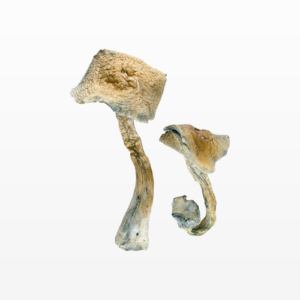


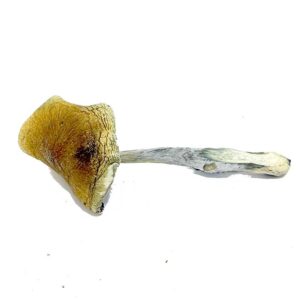

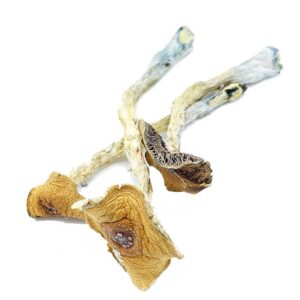



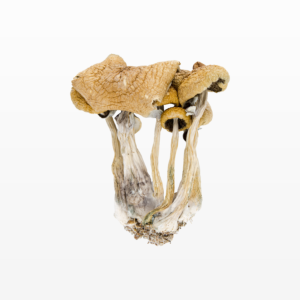
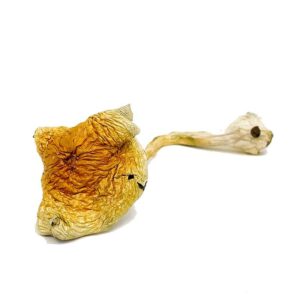




Reviews
There are no reviews yet.